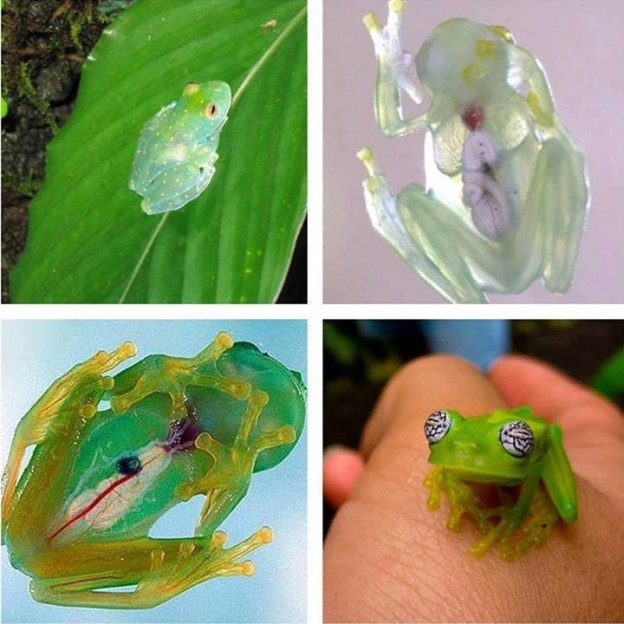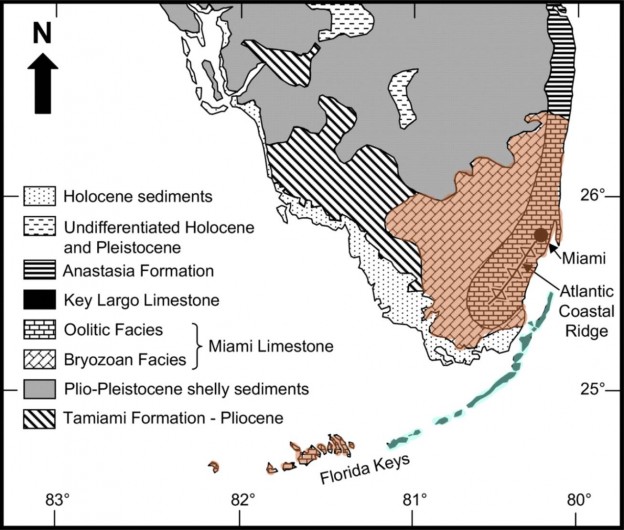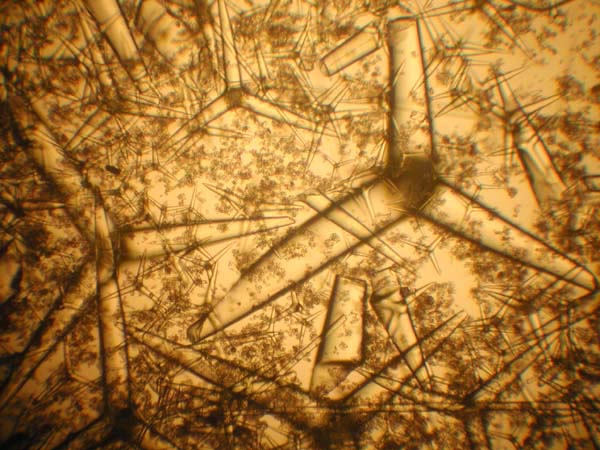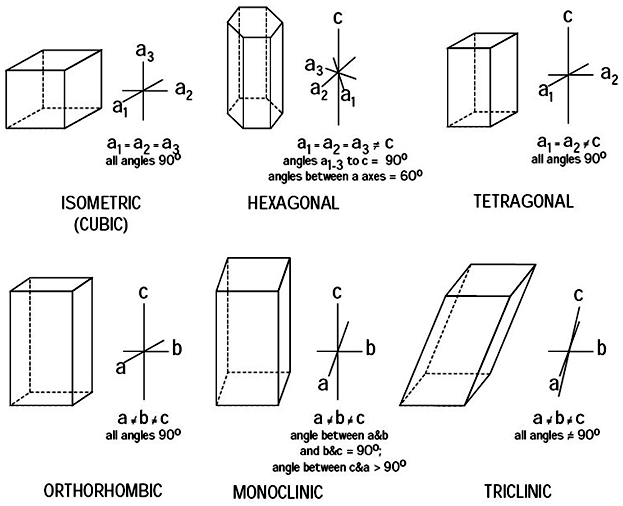HAWAIIAN CORAL REEFS
Cortney Cameron
EOS 402S, Duke University
I. Introduction
He pūko‘a kani ‘āina.
A coral reef grows into an island (from small beginnings come great things).
Part animal, part plant, and part mineral, corals sit at the crossroads of biology and geology. In the Hawaiian Islands, geographic isolation and hot spot volcanism have created a uniquely trying environment for coral reef development. This paper will summarize the biology and ecology of Hawaiian corals, as well as their economic and cultural importance, in order to understand the geologic contributions that corals make in producing carbonate and aiding the interpretation of igneous features. Read more










